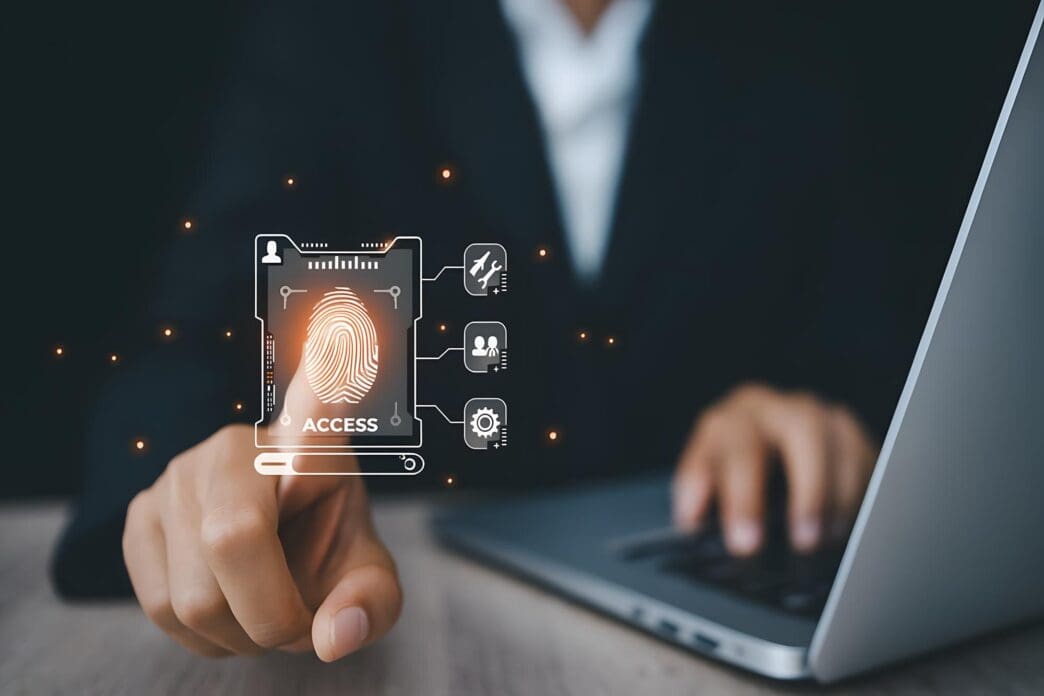Executive Summary
The Story So Far
Why This Matters
Who Thinks What?
Identity and Access Management (IAM) solutions are foundational cybersecurity tools empowering organizations to effectively manage digital identities and control access to resources, systems, and data, thereby neutralizing a vast array of modern cyber threats. These critical systems dictate who can access what, under which conditions, and when, acting as the digital gatekeepers for every user, device, and application within an enterprise. In an era defined by remote workforces, cloud adoption, and sophisticated attack vectors, robust IAM frameworks are no longer optional but indispensable for maintaining security posture, ensuring compliance, and safeguarding sensitive information from unauthorized access and malicious activity.
Understanding Identity and Access Management
Identity and Access Management encompasses the policies, processes, and technologies used to manage digital identities and control how users and other entities are authenticated and authorized to access enterprise resources. Its primary goal is to ensure that the right individuals have the right access to the right resources at the right time and for the right reasons, all while revoking access when it is no longer needed.
At its core, IAM addresses two fundamental questions: “Who are you?” (authentication) and “What are you allowed to do?” (authorization). By providing definitive answers to these questions across complex IT environments, IAM creates a secure perimeter around an organization’s most valuable assets.
The Evolving Cybersecurity Landscape and IAM’s Role
The digital transformation journey has expanded the attack surface for businesses across all industries. The proliferation of cloud services, the shift to hybrid work models, and the rise of the Internet of Things (IoT) have introduced new vulnerabilities and complexities.
Cybercriminals are constantly developing more sophisticated techniques, including phishing, ransomware, and supply chain attacks, often targeting identity as the primary vector. Without a centralized and well-managed IAM system, organizations risk fragmented security, increased operational costs, and a higher probability of successful breaches.
Core Components of Robust IAM Solutions
A comprehensive IAM strategy integrates several distinct yet interconnected tools and functionalities to provide end-to-end identity lifecycle management and access control.
Identity Governance and Administration (IGA)
IGA focuses on the lifecycle of identities and their access privileges. It automates the provisioning and de-provisioning of user accounts, manages roles and entitlements, and enforces policies related to access requests, reviews, and certifications. IGA ensures that access privileges align with business roles and compliance mandates, reducing the risk of unauthorized access due to stale or excessive permissions.
Access Management (AM)
Access Management tools control how users authenticate and gain access to resources once their identity is verified. This includes technologies for authentication, authorization, and session management. AM ensures that only authenticated and authorized users can interact with specific applications, data, or systems.
Privileged Access Management (PAM)
PAM is a specialized segment of IAM that focuses on managing and securing privileged accounts, which possess elevated permissions (e.g., administrator, root, service accounts). These accounts are prime targets for attackers, and PAM solutions provide capabilities like session monitoring, credential vaulting, and just-in-time access to minimize their attack surface and prevent lateral movement within a network.
Multi-Factor Authentication (MFA)
MFA significantly strengthens authentication by requiring users to provide two or more verification factors to gain access. These factors typically come from different categories: something you know (e.g., password), something you have (e.g., phone, hardware token), or something you are (e.g., fingerprint, facial scan). MFA is a critical defense against credential theft, making it exponentially harder for attackers to compromise accounts even if they steal a password.
Single Sign-On (SSO)
SSO allows users to authenticate once and gain access to multiple independent software systems without re-entering credentials for each one. While primarily a convenience feature, SSO also enhances security by reducing “password fatigue,” which often leads to poor password hygiene, and by centralizing authentication points, making it easier to enforce strong policies.
Directory Services
Directory services, such as Microsoft Active Directory or LDAP, serve as central repositories for user identities, groups, and network resources. They are fundamental to IAM, providing the underlying structure for storing identity information and enabling authentication and authorization processes across an organization’s IT infrastructure.
Identity Analytics and Threat Detection (IAPD)
IAPD leverages machine learning and behavioral analytics to detect anomalous access patterns and potential insider threats or compromised accounts. By continuously monitoring user activity and comparing it against established baselines, IAPD can flag suspicious behaviors in real time, allowing security teams to respond proactively to emerging threats.
How IAM Tools Conquer Cybersecurity Threats
IAM solutions are instrumental in mitigating a wide range of cybersecurity risks, forming a critical defense layer.
Preventing Unauthorized Access
By enforcing strong authentication and granular authorization policies, IAM ensures that only legitimate users can access specific resources. This directly combats external threats like hacking and phishing attempts aimed at gaining unauthorized entry.
Reducing Insider Threats
IAM helps manage the risk posed by malicious or negligent insiders. Through regular access reviews, least privilege enforcement, and real-time monitoring of privileged accounts, organizations can detect and prevent unauthorized data access or system manipulation by employees or contractors.
Enhancing Compliance and Auditing
Many regulatory frameworks (e.g., GDPR, HIPAA, SOX) mandate strict controls over data access. IAM provides the necessary tools for enforcing these controls, generating audit trails, and proving compliance to regulators, thereby reducing legal and financial risks.
Streamlining Operations and Improving User Experience
While security-focused, IAM also offers significant operational benefits. SSO reduces help desk calls for password resets, and automated provisioning/de-provisioning saves IT administrative time. This leads to a more efficient and productive workforce, without compromising security.
Adapting to Hybrid and Multi-Cloud Environments
Modern IAM solutions are designed to operate seamlessly across on-premises systems, private clouds, and public cloud platforms. This unified approach ensures consistent security policies and identity management regardless of where resources or users reside, which is crucial for today’s distributed IT landscapes.
Key Considerations for Implementing IAM
Deploying an effective IAM solution requires careful planning and ongoing management. Organizations must consider scalability to accommodate future growth and ensure seamless integration with existing IT infrastructure.
User experience is paramount; overly complex IAM processes can lead to user frustration and workarounds that undermine security. Furthermore, continuous monitoring and regular policy reviews are essential to adapt to evolving threats and maintain the integrity of the IAM framework.
The Future of Identity Protection
The evolution of IAM continues with increasing integration of artificial intelligence and machine learning for predictive threat detection and adaptive access policies. The Zero Trust security model, which assumes no user or device can be trusted by default, relies heavily on advanced IAM capabilities for continuous verification. Decentralized identity and blockchain-based solutions are also emerging, promising greater user control and privacy in identity management.
Identity and Access Management solutions are the indispensable bedrock of modern cybersecurity, providing the tools necessary to define, enforce, and audit who has access to an organization’s digital assets. By consolidating identity governance, access management, privileged access control, and robust authentication methods, these technologies empower businesses to defend against an increasingly complex threat landscape, ensure regulatory compliance, and foster a secure yet productive digital environment.








